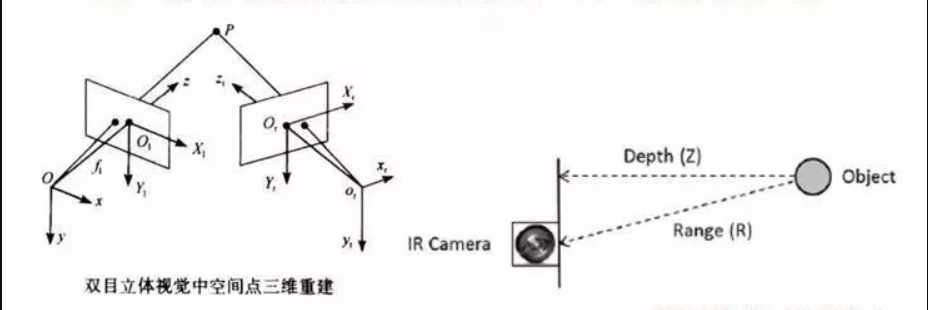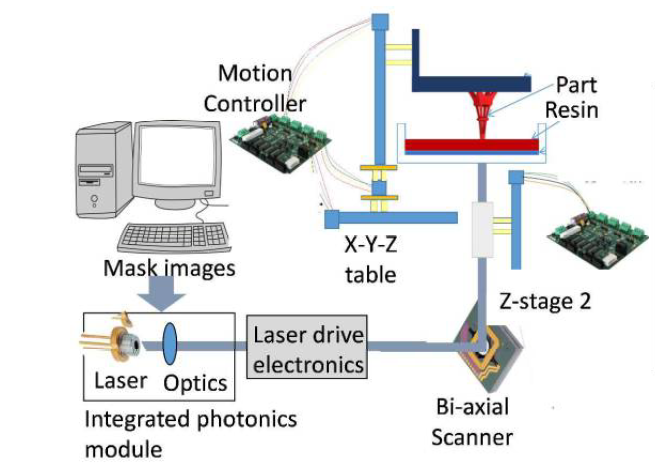The full-color LED display is assembled from one module RGB light board. In principle, 3D can be realized.So what are the types of 3D stereo LED display solutions?However, since the LED screen belongs to a large screen, if it is made into a polarized three-dimensional light board, a grid format must be pasted in front of the LED light board.
Polarizers, in order to distinguish between the left and right glasses images, can only use two points as one point, which will halve the pixels, which is similar to the practice of polarized 3D TVs. We recommend that the active stereo 3D solution is better. This will not reduce the resolution, and can take advantage of the high refresh rate of the LED.
Full Color LED 3D Stereo Solution – Active Stereo
This 3D display solution mainly consists of a 3D display control solution consisting of a 3D transmitter, a synchronous 3D signal transmitter, and shutter-type 3D glasses. The 3D transmitter supports HDMI high-definition data interface, and can input ultra-clear digital signals with a maximum of 4096*2160 pixels. At the same time, it supports 4 Gigabit Ethernet port output, and a single card can support a large screen with a maximum width of 4096 pixels and a maximum of 2160 pixels.

At the same time, the 3D transmitter also has a rich control panel, with a full-color LCD screen, which can display the sending status information in real time; at the same time, the rich function buttons support the quick setting of the display screen without going through a computer. There are many advantages in production testing and engineering applications.
3D display LED screen
At present, most 3D display LED screens use shutter-type 3D display technology, and the shutter-type 3D display technology needs to be used with active shutter 3D glasses. The 3D LED display generally uses twice the normal refresh rate, and continuously displays the left and right eye images; through the shutter glasses, the left and right eyes are quickly switched and shielded, so that the left and right eyes can see the correct left and right eye images. It presents a three-dimensional image with a sense of depth.
The active shutter 3D glasses are mainly realized by the liquid crystal lens. Its lens is essentially an electrically controllable liquid crystal screen. By receiving the signal from the 3D synchronization signal transmitter, the liquid crystal switch state is controlled by the circuit to make the left glasses The lens control allows only the left eye image to pass through, and the right eye lens allows the right eye image to pass through.

Thereby, the left and right eye images are separated, and a 3D stereoscopic image with parallax is synthesized in the brain. Active shutter stereo is called Active Shutter 3D in English, also known as time division shading technology or liquid crystal time division technology. According to the communication used, active shutter stereo can be divided into:
- A. Infrared shutter 3D stereo solution;
- B. DLP-Link stereo solution;
- C. 2.4GHZ 3D stereo scheme;
- D. Bluetooth 3D stereo solution.
Different types of stereo solutions cannot be mixed, so purchasing 3D glasses must depend on what stereo solution you are using. The fields of use of each scheme are described below.
Active Shutter Stereoscopic 3D Glasses
1.Infrared shutter 3D stereo solution
Usually, the infrared stereo scheme of glasses uses the unmodulated 940nm infrared light wavelength for communication. Cinemas use this scheme. This scheme requires the power of the 3D synchronization signal transmitter to be high, but the power consumption of the glasses can be made lower. , mostly used in indoor cinemas; some also use modulated infrared signals for communication. This scheme can make the power of the 3D signal transmitter small, and the power consumption of the glasses is slightly higher, which is more common in shutter stereo TV 3D glasses.
Cinema infrared shutter 3d glasses
2.DLP-Link Stereo 3D (DLP Shutter 3D Glasses)
This is the only one of the 4 active stereo 3D solutions that does not require a synchronized 3D transmitter. It is a low-cost 3D stereo solution provided by DLP chip manufacturer TI. It can be used as long as it is a DLP 3D Ready projector. Its principle is that when the projector starts 3D, the 3d synchronization signal (a white light pulse) will be It will be embedded in the image, projected on the screen together with the image, and then reflected on the 3d glasses, and the white light pulses are separated by the DLP3d glasses to achieve the image separation of the left glasses.
The contrast of the image decreases due to the addition of a white light pulse to each frame of the image. Those who pursue image quality cannot use this 3D solution, so in addition to this function, some 3D projectors will also add a 3D sync output interface to the projector for external 3D sync signal transmitters or stand-alone polarized stereo equipment. .
DLP Shutter 3D Glasses
2.4GHZ 3D stereo solution
This solution needs to be used with a 2.4GHz synchronous signal transmitter. Its advantage is that the transmission distance is relatively long. Within the receiving range, the 2.4GHz wireless 3D glasses can receive 360 degrees without dead ends. Now it is mostly used in outdoor projects such as engineering, venues and drive-in theaters.
2.4GHZ 3D Stereo Wireless 3D Glasses
Bluetooth 3D stereo solution
Bluetooth 3D Stereo Solution As the name suggests, it is a way to transmit synchronous signals through Bluetooth to achieve 3D stereo. Generally, the projector or TV manufacturer has a built-in Bluetooth 3D signal transmitter. This is a short-range (8-15 meters) 3D stereoscopic implementation. It is generally used indoors. Users only need to buy the corresponding Bluetooth glasses to use.
In short, active shutter stereo is excellent in 3D effect, and has no requirements for curtains, so it is just suitable for my large-scale video project stereo solution; especially for LED large-screen projects, it should be your first choice. Because of its long communication distance, the industry’s 3D stereo The LED display solution provider can achieve 100 meters without dead angle reception, so that the audience can get good results no matter from which angle.